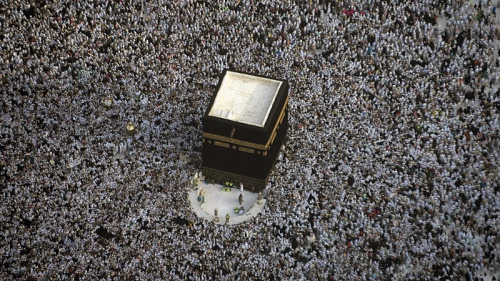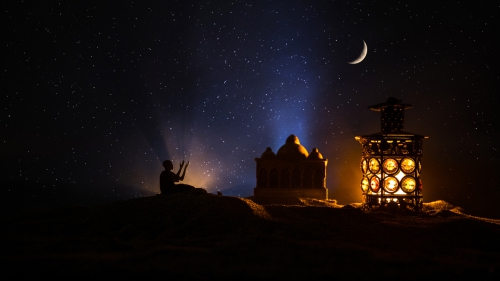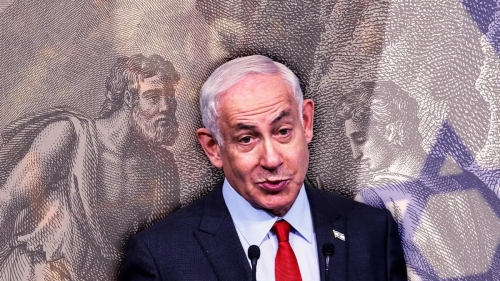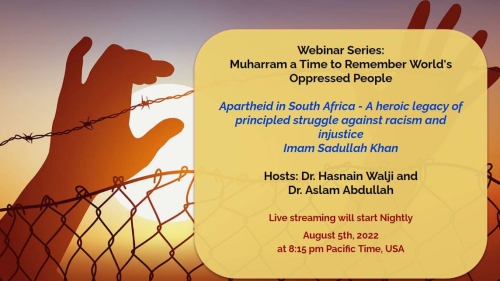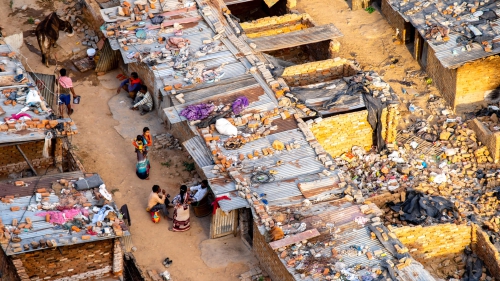Creating Resilient Communities

“Conflict happens in isolation.”
Wow, that’s it. A sense of awareness ignited as I listened to Kristin Famula, president of the National Peace Academy, make this seldom-acknowledged observation. When we feel wronged, violated, disrespected, suddenly we’re alone with our careening emotions.
Indeed, this is what makes it a “conflict”: the fact that we can’t see beyond the rage, the sense of injury, the wrongness of what has happened. It may last only a moment or two, after which we put the situation in perspective or, at the very least, shrug it off and move on. But perhaps the situation is ongoing, or the wrong was inexcusably offensive — and we can’t let go of it.
Maybe the aloneness we feel is what’s worst about the whole situation. We’re alone with our own intolerable emotions, reduced to fight-or-flight thinking, unable to address the matter beyond the perceptions of our reptile brain. And the only resolution we can imagine is a counterattack — no matter that, most likely, this will only aggravate, intensify and prolong the problem. And it will leave us feeling just as isolated.
But what else are we supposed to do?
This question strikes me as indicative of the stalled state of our world, especially when we expand the hypothetical conflict situation beyond the personal. Imagine protesters in the streets of Ferguson, Mo., confronting a wall of helmeted, billyclub-wielding police officers. Imagine a boatload of desperate immigrants facing a mob of angry nationals telling them to go back home. Imagine a national leader in the wake of a terrorist attack, facing what he (or she) imagines to be evil itself . . . and wondering whom he should bomb.
Conflict happens in isolation — isolation from our larger consciousness. But the thing is, we have enormous resources for the sane and even productive handling of conflict, mostly, alas, under the social radar. The stories we tell ourselves — the movies and TV shows we watch, the pseudo-news we absorb in the media — are primarily about the consequence-free triumph of good violence over bad violence, and the endless necessity to stay on the aggressive defensive against our enemies. The “next war” is inevitable. And peace is simply the lull between wars.
But real peace — positive peace, which transcends violence and turns conflict into opportunity — is and always has been part of who we are as well. We know a lot more about how to create peace than we think we do. We’re perfectly capable of transcending violent solutions to our troubles and building a sustainable future. The first step is to take our conflicts out of isolation.
And it is in this context that I reintroduce the National Peace Academy, which came into being in the wake of a conference at Case Western Reserve University in Cleveland seven years ago, and since then has been in the process of creating partnerships, facilitating workshops and quietly helping to expand the American and global culture of peace.
Last week, the NPA took a crucial step in its becoming. It has established a partnership with George Mason University, near Washington, D.C., and will become part of the university’s School for Conflict Analysis and Resolution, the oldest peace studies program in the country.
At a ribbon-cutting ceremony on April 6, the university opened Point of View, “a peacebuilding research and conference center in Lorton, Virginia, dedicated to teaching and learning, research, and a commitment to engagement and practice,” according to the NPA’s news release. The Peace Academy, as part of the peacebuilding center, plans soon to break ground on its own facility at Point of View, the Elise Boulding National Peace Academy House, a residence, according to the press release, that “will allow for on-site peacebuilding training, conflict resolution, dialogue, and more.”
Speaking at the ribbon-cutting ceremony, U.S. Rep. Donald S. Beyer of Virginia said of Point of View: “This unique human resource . . . is part of the new geography of hope.”
I see it as the concept of peace claiming realness.
“There are good people out there doing (peace) work already, but they’re not always connected,” Kristin Famula told me the other day. NPA’s role is to bring these people together and “deepen the impact.”
More specifically: The vision, Famula said, is to establish a center where parties involved in serious conflict — think Ferguson residents and the police — can come together to address the situation in a context capable of acknowledging and valuing all points of view and committed to finding a solution that transcends the problem.
“Envision having access to a wealth of people who can help do research and thinking about this,” she said. “Conflict happens in isolation” — but the vision is to create the infrastructure for putting even the biggest, thorniest social conflicts into a healing context.
Dot Maver, NPA co-founder and former president, said of the academy’s partnership with George Mason University — which resulted from her connection with Kevin Avruch, dean of the School for Conflict Analysis and Resolution — that it will “provide necessary connective tissue to help create . . . safe and resilient communities.” Indeed, NPA’s mission includes “helping communities become trauma-resilient.”
To which I cry hallelujah! It may not be obvious, but we are moving beyond a domination- and punishment-based social structure. Creating resilient communities, providing the resources that can take conflict out of isolation and put it into a constructive context, strike me as a crucial step in our social evolution.
More than 90 years ago, social visionary and management consultant Mary Parker-Follett wrote: “As conflict — difference — is here in the world, as we cannot avoid it, we should, I think, use it. Instead of condemning it, we should set it to work for us. . . . The transmission of power by belts depends on friction between the belt and the pulley. The friction between the driving wheel of the locomotive and the track is necessary to haul the train. All polishing is done by friction. The music of the violin we get by friction.”
*****
Robert Koehler is an award-winning, Chicago-based journalist and nationally syndicated writer. Contact him at [email protected] or visit his website at commonwonders.com.
© 2016 TRIBUNE CONTENT AGENCY, INC.







